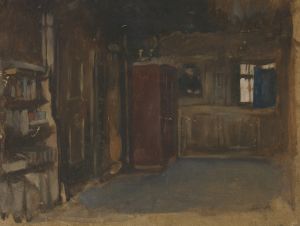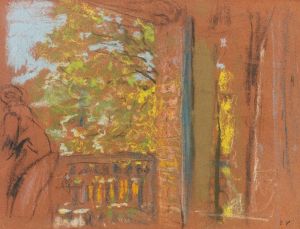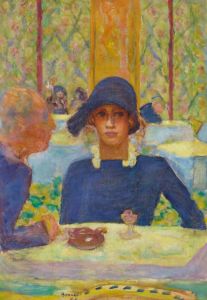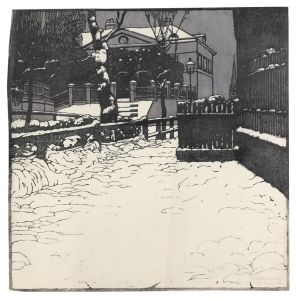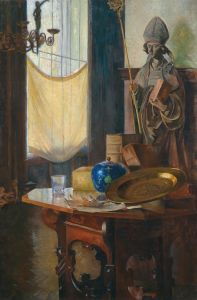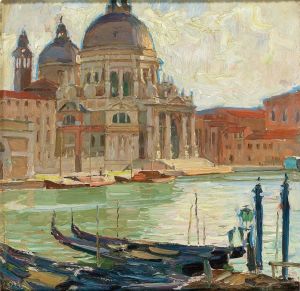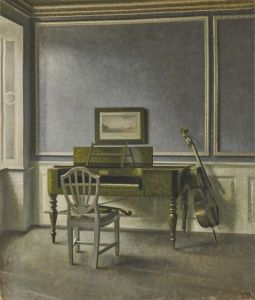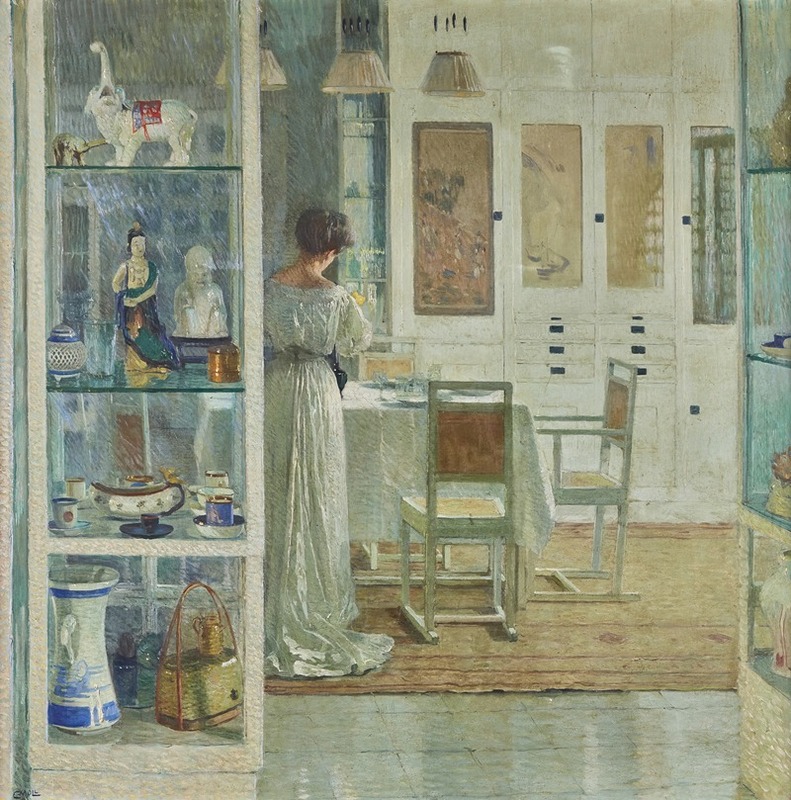
Weißes Interieur
A hand-painted replica of Carl Moll’s masterpiece Weißes Interieur, meticulously crafted by professional artists to capture the true essence of the original. Each piece is created with museum-quality canvas and rare mineral pigments, carefully painted by experienced artists with delicate brushstrokes and rich, layered colors to perfectly recreate the texture of the original artwork. Unlike machine-printed reproductions, this hand-painted version brings the painting to life, infused with the artist’s emotions and skill in every stroke. Whether for personal collection or home decoration, it instantly elevates the artistic atmosphere of any space.
Carl Moll's Weißes Interieur (translated as White Interior) is a notable painting by the Austrian artist Carl Moll, who was a prominent figure in the Vienna Secession movement. Created in 1905, this work exemplifies Moll's mastery in capturing serene domestic spaces with a focus on light, atmosphere, and meticulous detail.
The painting depicts a tranquil interior scene dominated by a white color palette, which is characteristic of Moll's refined aesthetic sensibilities. The composition is carefully arranged, showcasing a room bathed in soft, natural light streaming through large windows. The interplay of light and shadow creates a harmonious and peaceful ambiance, emphasizing the quiet elegance of the space. The furniture and decor are minimalistic yet sophisticated, reflecting the influence of the Wiener Werkstätte, a design movement associated with the Vienna Secession that emphasized simplicity and functionality.
Moll's attention to detail is evident in the textures and surfaces within the painting, from the smooth finish of the furniture to the delicate folds of fabric. The restrained use of color, with white as the dominant tone, enhances the sense of purity and calmness in the scene. This approach aligns with the broader artistic trends of the Vienna Secession, which sought to break away from traditional academic art and embrace modernity and innovation.
Carl Moll (1861–1945) was a co-founder of the Vienna Secession in 1897, alongside artists such as Gustav Klimt and Koloman Moser. The Secessionists aimed to promote contemporary art and design, rejecting the conservative norms of the time. Moll's work often focused on interiors and landscapes, showcasing his ability to convey mood and atmosphere through precise composition and a nuanced understanding of light.
Weißes Interieur is considered one of Moll's significant contributions to early 20th-century art, reflecting his skill in blending modernist principles with a personal, introspective approach to subject matter. The painting is housed in a private collection and has been featured in exhibitions that explore the Vienna Secession and its artists.
This artwork remains an important example of Moll's oeuvre and the broader cultural and artistic developments in Vienna during the early 1900s. It continues to be appreciated for its aesthetic qualities and its role in the history of modern art.





